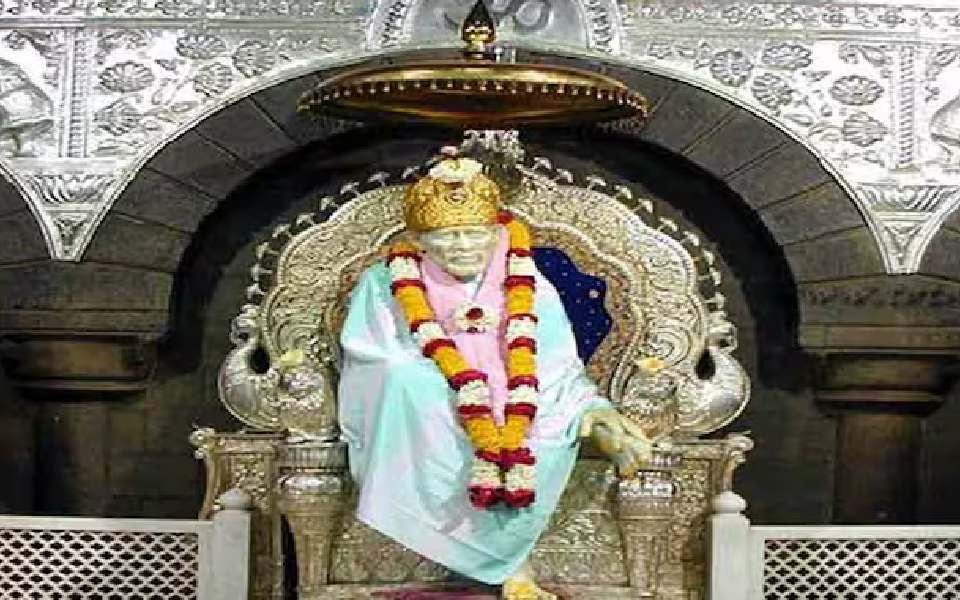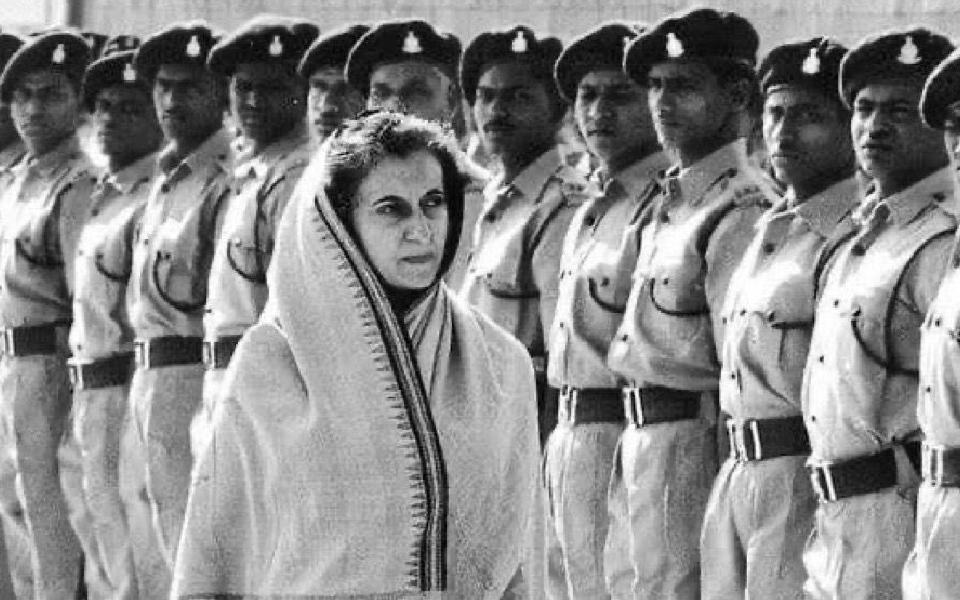New Delhi, July 2: The opposition has been painting a picture of "their choice" on the job front because there is not sufficient data available on employment, says Prime Minister Narendra Modi.
"More than a lack of jobs, the issue is a lack of data on jobs. Our opponents will naturally exploit this opportunity to paint a picture of their choice and blame us. I don't blame our opponents for blaming us on the issue of jobs, after all no one has an accurate data on jobs," Modi said in an interview with "Swarajya" magazine.
He said that the traditional matrix of measuring jobs is "simply not good enough to measure new jobs in the new economy of New India", and underlined that this does not take into account the "interests and aspirations of our youth".
"For example, there are close to three lakh village-level entrepreneurs who are running Common Service Centres across the country and also creating more employment. Start-ups are working as job multipliers and there are around 15,000 start-ups, which the government has helped in some way, and there will be many more operational. Aggregators of various kinds employ thousands of youth.
"If we look at numbers for employment, more than 41 lakh formal jobs were created from September 2017 to April 2018 based on EPFO payroll data. According to a study based on EPFO data, more than 70 lakh jobs were created in the formal sector last year," Modi said.
The Prime Minister pointed out that job creation in the formal sector could have a "spinoff effect" on job creation in the informal sector too, which constitutes "around 80 per cent of all jobs".
"If 41 lakh jobs were generated in the formal sector in eight months, how much would be the total formal plus informal sector jobs?"
He said that in just one year, 48 lakh new enterprises got registered which is likely to result in "more formalisation and better jobs".
"More than 12 crore loans have been given under Mudra Yojana. Is it unfair to expect that one loan would have created or supported means of livelihood for at least one person?
"More than one crore houses have been constructed in the last one year; how much employment would this have generated? If road construction has more than doubled per month, if there is tremendous growth in railways, highways, airlines, what does it indicate? Is it possible without employing more people in equal proportions?" he added.
Modi blamed a "lack of consistency" in the political debate around job creation and pointed out that if state governments are claiming to have created lakhs of jobs, how could it be that Centre was not creating any jobs.
"We have data put out by state governments on employment. For example, the previous Karnataka government claimed to have created 53 lakh jobs. The West Bengal government said it created 68 lakh jobs in the last term.
"Now, if states are all creating a good number of jobs, is it possible that the country is not creating jobs? Is it possible that states are creating jobs but the Centre is creating joblessness?" Modi asked.
Let the Truth be known. If you read VB and like VB, please be a VB Supporter and Help us deliver the Truth to one and all.
Mumbai, May 10 (PTI): Amid heightened security concerns in the country, the Sai Baba temple trust at Shirdi in Maharashtra has decided not to allow garland, bouquets and shawls to brought inside the temple complex.
The famous temple which draws millions of devotees every year had received a threatening email last week.
Goraksh Gadilkar, a member of the Sai Baba Sansthan Trust, said devotees will be searched before entering the temple.
"The Sansthan received a threat email on May 2. In view of India-Pakistan tensions and the security alert across the country, flowers, garlands, prasad and shawls will not be allowed inside," he told PTI.
The Ahilyanagar district police have also made some suggestions to enhance the security of the temple.
On Friday, the Siddhivinayak temple in Mumbai said it will not allow garlands, prasad and coconuts inside from May 11.





